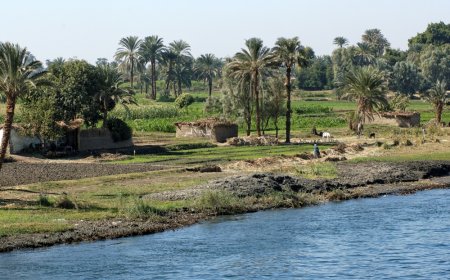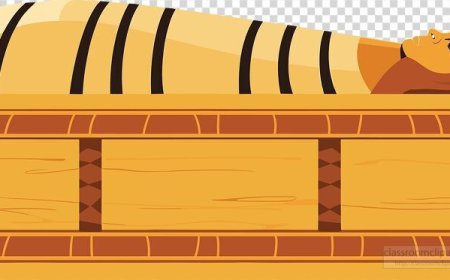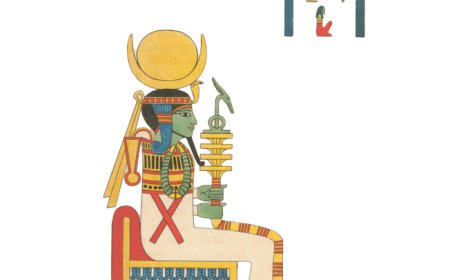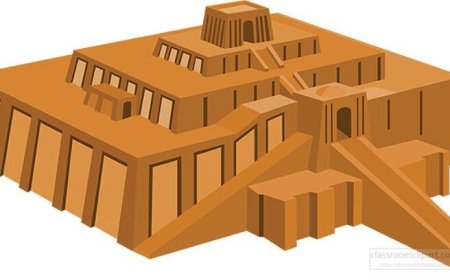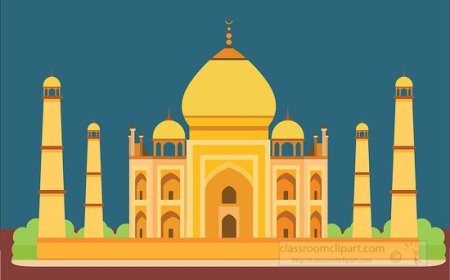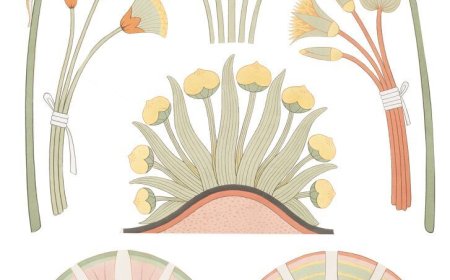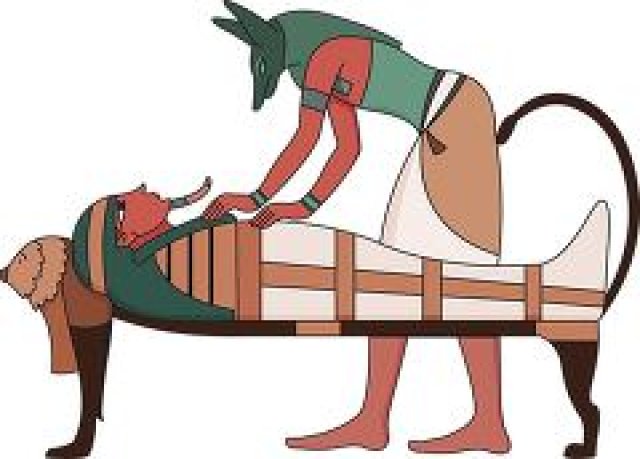Ancient Civilizations for Kids – Learn About Early Cultures
Explore ancient civilizations for kids. Discover how early societies like Mesopotamia, Egypt, Indus, and China shaped the world with inventions, writing, cities, and cultur
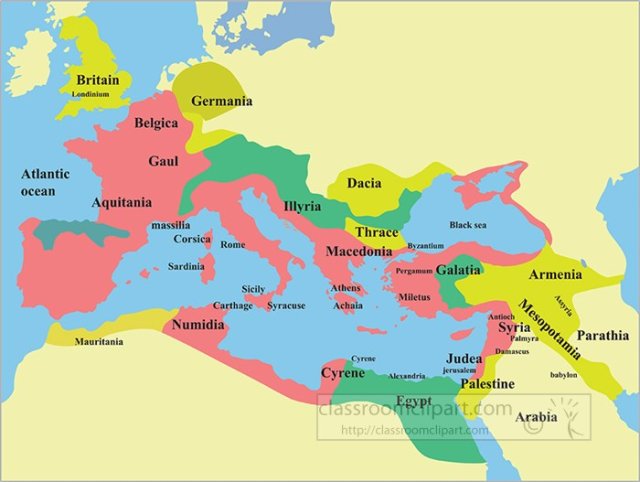
Ancient civilizations are groups of people who lived thousands of years ago and built organized societies. These societies had cities, governments, languages, art, and technologies. Ancient civilizations laid the foundation for the modern world. Many of the things we use today—like writing, the calendar, and laws—started in ancient times.
In this article, you'll learn about some of the most important ancient civilizations: Mesopotamia, Egypt, Greece, Rome, China, India, and the Maya. We'll explore their inventions, beliefs, and daily lives, and see how their legacies still impact us today.
🏺 Mesopotamia: The First Civilization
Where: Between the Tigris and Euphrates Rivers (modern-day Iraq)
Time Period: Around 3000 BCE
Highlights:
Mesopotamia is often called the "Cradle of Civilization" because it’s where the first cities and writing systems appeared. The Sumerians invented cuneiform, one of the first written languages. They also built large temples called ziggurats and developed early forms of government, farming, and trade.
Fun Fact: The Sumerians created a number system based on 60, which is why we have 60 seconds in a minute!
🏺 Ancient Egypt: The Land of the Pharaohs
Where: Along the Nile River in northeastern Africa
Time Period: Around 3100 BCE to 30 BCE
Highlights:
The Egyptians built massive pyramids as tombs for their pharaohs (kings). They believed in many gods and the afterlife. They developed a writing system called hieroglyphics and made advances in medicine, math, and astronomy.
Daily Life: Egyptians grew crops along the Nile, wore linen clothes, and played board games like Senet.
Fun Fact: The Great Pyramid of Giza was the tallest building in the world for over 3,800 years!
🏛 Ancient Greece: The Birthplace of Democracy
Where: Southeastern Europe, along the Aegean Sea
Time Period: Around 800 BCE to 146 BCE
Highlights:
Ancient Greece is known for its art, architecture, philosophy, and politics. The city of Athens developed democracy, where citizens voted on laws. Great thinkers like Socrates, Plato, and Aristotle lived here.
Olympics: The Greeks started the Olympic Games to honor their gods, especially Zeus.
Fun Fact: Greek theaters were built in a half-circle shape with perfect acoustics so people could hear the actors from far away.
🏛 Ancient Rome: The Empire That Ruled the World
Where: Centered in Italy, spread across Europe, North Africa, and the Middle East
Time Period: 753 BCE to 476 CE
Highlights:
Rome began as a small city and grew into a massive empire. The Romans built roads, aqueducts, and the Colosseum. They created laws that many modern governments still use.
Daily Life: Romans went to baths, watched gladiator fights, and ate foods like olives, bread, and cheese.
Fun Fact: The phrase “All roads lead to Rome” comes from the real Roman road system, which connected the entire empire!
🏯 Ancient China: The Middle Kingdom
Where: Along the Yellow River and Yangtze River in East Asia
Time Period: Around 2000 BCE onward
Highlights:
China saw the rise of several powerful dynasties like the Shang, Zhou, and Han. The Chinese invented paper, silk, and gunpowder. They built the Great Wall to protect their borders and followed the teachings of Confucius.
Art and Science: The Chinese created beautiful bronze work, calligraphy, and early forms of medicine and astronomy.
Fun Fact: The Great Wall of China is more than 13,000 miles long!
🕉 Ancient India: The River Valley Culture
Where: Along the Indus River in South Asia
Time Period: Around 2500 BCE onward
Highlights:
The Indus Valley Civilization had advanced cities like Mohenjo-Daro and Harappa with plumbing and grid layouts. Later, the Maurya and Gupta empires promoted art, science, and religions like Hinduism and Buddhism.
Inventions: Ancient Indians made important discoveries in math, including the concept of zero.
Fun Fact: Yoga and meditation began in ancient India thousands of years ago.
🌿 The Maya: Astronomers of the Jungle
Where: Central America (parts of Mexico, Guatemala, Honduras)
Time Period: 2000 BCE to 900 CE
Highlights:
The Maya built great stone cities in the jungle. They studied the stars and created one of the most accurate calendars ever. They also invented a complex writing system using symbols called glyphs.
Religion and Culture: The Maya believed in many gods and held ceremonies to honor them, including human sacrifices.
Fun Fact: The Maya predicted solar eclipses and could even track the planet Venus!
🌎 Why Ancient Civilizations Matter Today
Even though these civilizations existed thousands of years ago, their influence is everywhere:
- Writing and math systems we still use today
- Democracy, laws, and government
- Architecture like columns and domes
- Art, music, and religion
- Science and inventions
Studying the past helps us understand how the world was built—and how we can shape a better future.
🧠 Vocabulary List
- Civilization: An advanced group of people with cities, government, and culture.
- Pharaoh: A king of ancient Egypt.
- Cuneiform: The first writing system, used in Mesopotamia.
- Democracy: A government where people vote on decisions.
- Dynasty: A family of rulers in ancient China or Egypt.
- Glyph: A symbol used in writing, like in the Maya system.
- Aqueduct: A system to carry water, used by the Romans.
- Hieroglyphics: Picture writing used by ancient Egyptians.
- Empire: A group of countries or regions controlled by one ruler.
- Confucianism: A philosophy from China that teaches respect and order.
🎉 Fun Facts About Ancient Civilizations
- Cleopatra of Egypt could speak several languages and ruled as queen at just 18 years old!
- The Romans invented concrete, which helped build long-lasting structures.
- The Greeks didn’t just invent theater—they even had special effects like trapdoors!
- The Chinese used silk for clothing and even traded it along the Silk Road to Europe.
- The Maya made chocolate from cocoa beans long before it became a sweet treat!
📚 Kid-Friendly Summary
Ancient civilizations were some of the earliest groups of people to build cities, invent writing, and create governments. Each civilization—like Egypt, Greece, Rome, China, and the Maya—had its own special contributions. From pyramids to calendars to laws, the people of ancient times gave us many of the things we use today. By learning about their lives, we understand where we come from and how human beings have grown over time.


















































